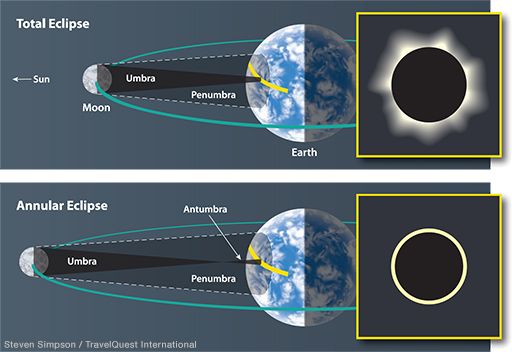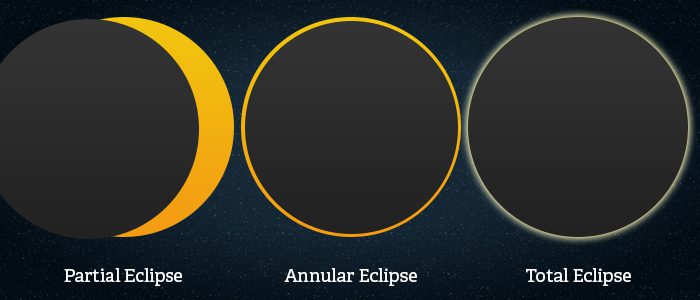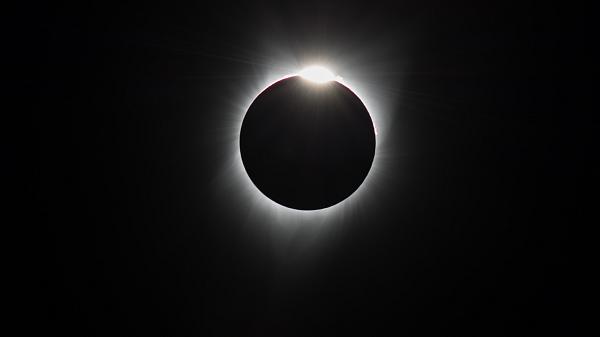Such alignment coincides with a new moon indicating the moon is closest to the ecliptic plane in a total eclipse the disk of the sun is fully obscured by the moon.
What causes a solar eclipse and why are they so rare.
They occur when the same eclipse changes from an annular to a total solar eclipse and or vice versa along the eclipse s path.
21 will attract a huge audience and rightly so.
In partial and annular eclipses only part.
A solar eclipse occurs when the moon passes completely in front of the sun casting.
In a total solar eclipse the moon completely covers the sun.
A solar eclipse occurs when a portion of the earth is engulfed in a shadow cast by the moon which fully or partially blocks sunlight.
In a partial solar eclipse the sun is partly covered when the moon passes in front of it.
Looked at another way total solar eclipses aren t rare.
21 2017 is an exceedingly rare event.
The millions of people who are expected to witness the astronomical event won t show up just because solar eclipses are exceedingly beautiful they re also exceedingly rare.
But any given spot on our planet s surface gets darkened by the moon s shadow on average only once about every 400 years so in that sense totality is indeed rare cosmic coincidence.
Solar eclipses mainly look partial solar eclipses are only visible from within the area on earth where the moon s shadow falls and the closer you are to the center of the shadow s path the bigger the eclipse looks.
The moon takes about one month to fully orbit the earth.
They occur roughly once every year or two somewhere on earth.
They are also very rare.
This occurs when the sun moon and earth are aligned.
The solar eclipse that will cross the continental u s.
Here s why a total solar eclipse occurs on a given spot on the planet only once every 375 years.
There are three kinds of solar eclipses.
A solar eclipse occurs when the moon passes completely in front of the sun and creates a shadow that darkens a portion of the earth.
So solar eclipses could happen once a month.










